About the JMECT
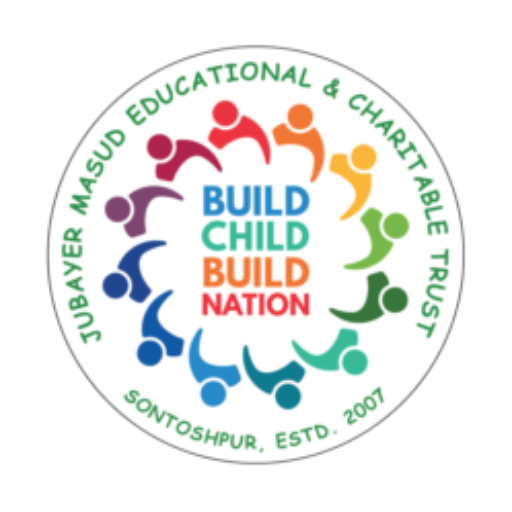
Jubayer Masud Educational & Charitable Trust (JMECT) is a not for profit organization based in Bongaigaon district of (Assam), India. working for community development with special emphasis on child education, Livelihood and community health in rural areas of Bongaigaon, Assam. The trust was formed in April 2007 in the memory of Jubayer Masud, a student of class III who was kidnapped and brutally murdered while returning from school to his home. In the memory of his sad demise, JMECT was set up with an aim on working on education and livelihood issues in the area.
JMECT ( Jubayer Masud Educational & Charitable Trust) is working towards achieve its goal by providing ‘quality education to underprivileged children with livelihood supports to their parents and help to develop them into confident, employable and responsible citizens of tomorrow’. Aiming to improve the school culture and environment and help children to learn in a better way is always being a focus area of our intervention. Keeping in mind the adverse socio-economical condition and difficult education scenario in the area, apart from our team building agenda we have to continue with our existing programmes in schools and supplementary learning centres along with livelihood and disaster management program
Early child Education
Early childhood, defined as the period from birth to eight years old, is a time of remarkable growth with brain development at its peak. During this stage, children are highly influenced by the environment and the people that surround them.
Here the concern JMECT is to support govt. schools that have been facing problems in management due shortage of teachers where there is huge gape of teacher student ratio . Though the focus was to support the govt. schools, JMECT always took tend to follow own models of teaching.
JMECT has been working with Govt. schools. Before the intervention many children were out of reach from the teacher as the number of children was huge. But the teacher support from JMECT could extend and provided better service and thus attention could be spread to all the children. Around 7500 children are reach out in this intervention
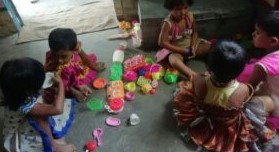
Remedial Education
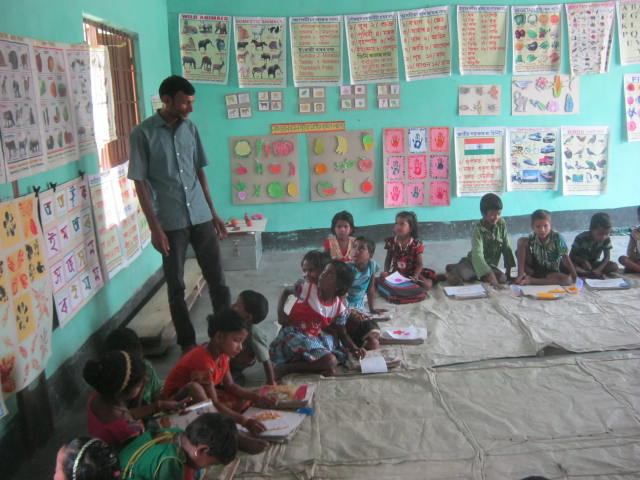
Due to several causes a number of children are not achieving grade appropriate learning competency. This is not only in our area but also it is a common phenomenon in all over the country. Number of national studies indicated that a huge number of children are failing to achieve their grade-appropriate learning standard. A number of children lacked basic literacy and numeracy could not participate at the level of their grade. The organization provide support to achieve certain competencies, so that gradually they gather confidence and cope up in the regular classes. During our intervention we found that a section of students were far behind from their grade appropriate level. Around 9000 children is given learning support through this process. Yearly about one thousand children are benefitted under this program .
Livelihood support
The organization has been working on alternative livelihood since 2016. During our initiative on education the organization observed that many parents do not send their children to school for education is a lower priority than survival in extreme poverty. The primary source of livelihood in the area is agriculture. Most people in the area are daily wages earners. Many people have lost their homes in the floods and the main livelihood of those families is now run on construction labour, bricks labour, coal labour, collecting of wastage materials etc.Under this circumstances the organization decide to work on livelihood issue for better education . The goal of the program is to support poverty reduction to the poor parents who have school going children in their families by promoting sustainable livelihood opportunities . Already reach out 1560 families under this program .
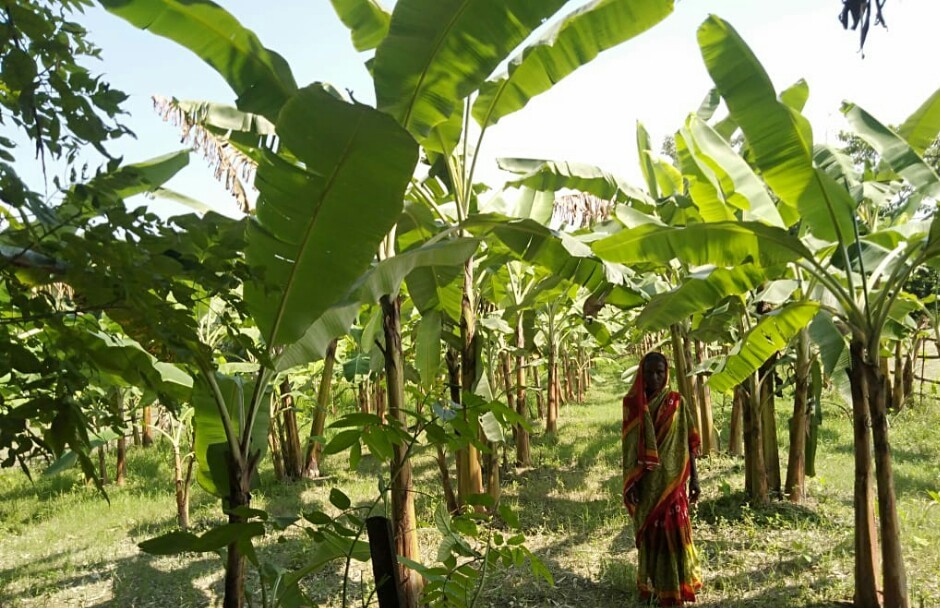
Disaster Risk Management
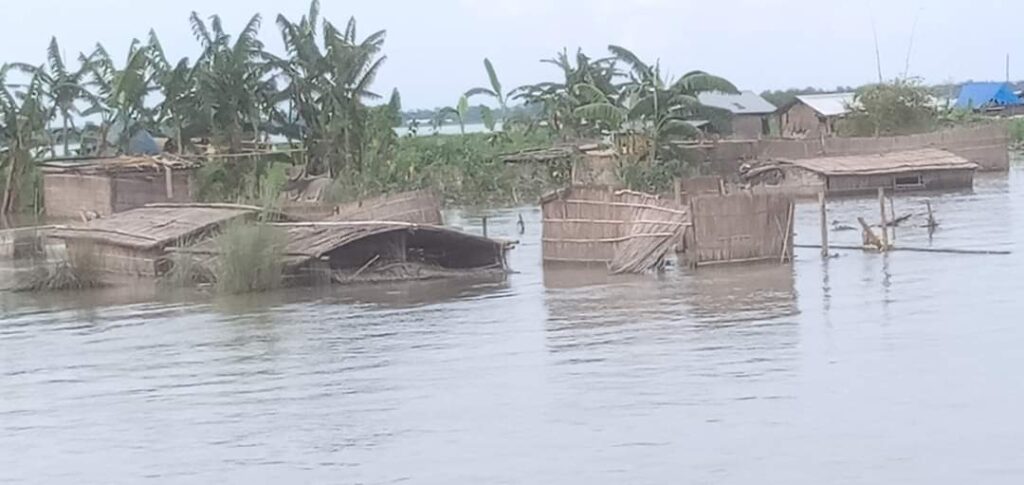
The project area of JMECT is a highly disaster-prone area for flood and river erosion. River AIE and MANAS are liable to floods, mainly because they receive heavy rainfall within a short time. These rivers are in their early stage of maturity and are very active agents of erosion. The river waters collect a tremendous amount of silt and other debris and raise the level of the river beds. Therefore, it becomes impossible for the main channel to cope with the vast volume of water received during the rains
Compound disasters, a combination of a number of linked events, is another emerging risk that is following the pathways of rapid and large-scale development. The extent of vulnerability to natural hazards is a primary determinant, but issues of small and localized disasters also emerged.
Partner

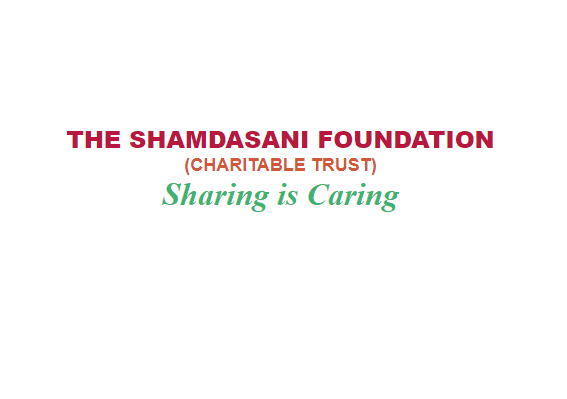
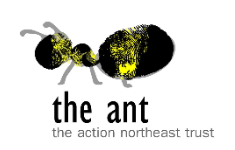
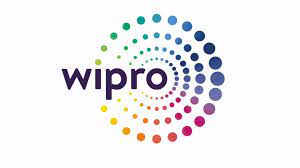



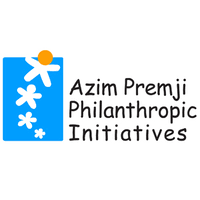

https://www.youtube.com/watch?v=CYxVdJ2Uazghttps://www.youtube.com/watch?v=CI_JOUm464A
WHY WE NEED YOUR SUPPORT?
. The working area of JMECT is severely affected by flood and erosion. Aie & Manas, the two major rivers are the main reason for erosion in Assam. Due to flood and erosion, the working time has been restricted within 8 to 10 months instead of 12 months of a year. The inhabitants of the place need to shift their houses at the time of flood and erosion. Therefore, it is found very difficult to reach out those families in a required time and manner. On the other hand, almost no livelihood options are available so the families migrate to upper Assam and other places in the search of work. About the community: 90 percent of the total population in the proposed project area belongs to minority community and 10 percent belongs to SC community. The inhabitants of this place are generally maintain their livelihood purposes. The current profile and the economic status of the people are very poor and disadvantageous, and they have very little awareness about their rights and entitlements. Both socio-economic and basic amenities parameters in the area are below district average. Sanitation, health and hygiene are major issues of concern in the project area, and many parents do not send their children to school as education is a lower priority than survival in extreme poverty. The primary source of livelihood in the area is agriculture. The average literacy rate of Bongaigaon is 69.74 as per census 2011, where male and female literacy are 74.87 and 64.43 respectively, which is slightly lower than the national and state average literacy rates. In addition, the average literacy rate of our project area is 49 percent, where male and female literacy is 52 and 39 percent respectively (approx). Although it is claimed that literacy rates are rapidly increasing, a large numbers of people who are officially counted as literate are hardly so in the true sense of the term. The educational system, specially the sectors that are catering to the rural poor continues to be overwhelmed with a host of enormous problems. A plethora of government initiatives for providing access to primary education may be underway, but issues of equity, quality, and access of education remain the main areas of concern in the locality — particularly in the rural schools. Children in rural areas continue to be deprived from quality education owing to factors like lack of competent and committed teachers, lack of textbooks or teaching-learning materials, lack of motivation towards education and so on. On the basis of JMECT’s own survey, out of total enrollment in school, only, 30-35% students reach 10th standard and the success rate of passing the examination is only 3%. As per ASER report-2014 only 22 percent children of class VIII can read class II standard books in Assam. But the said rate is much less in proposed project area. The issues are as follows; i) Flood and erosion created by Aie and Manas ii) Communication and road connectivity iii) Lack of quality education and low literacy rate













